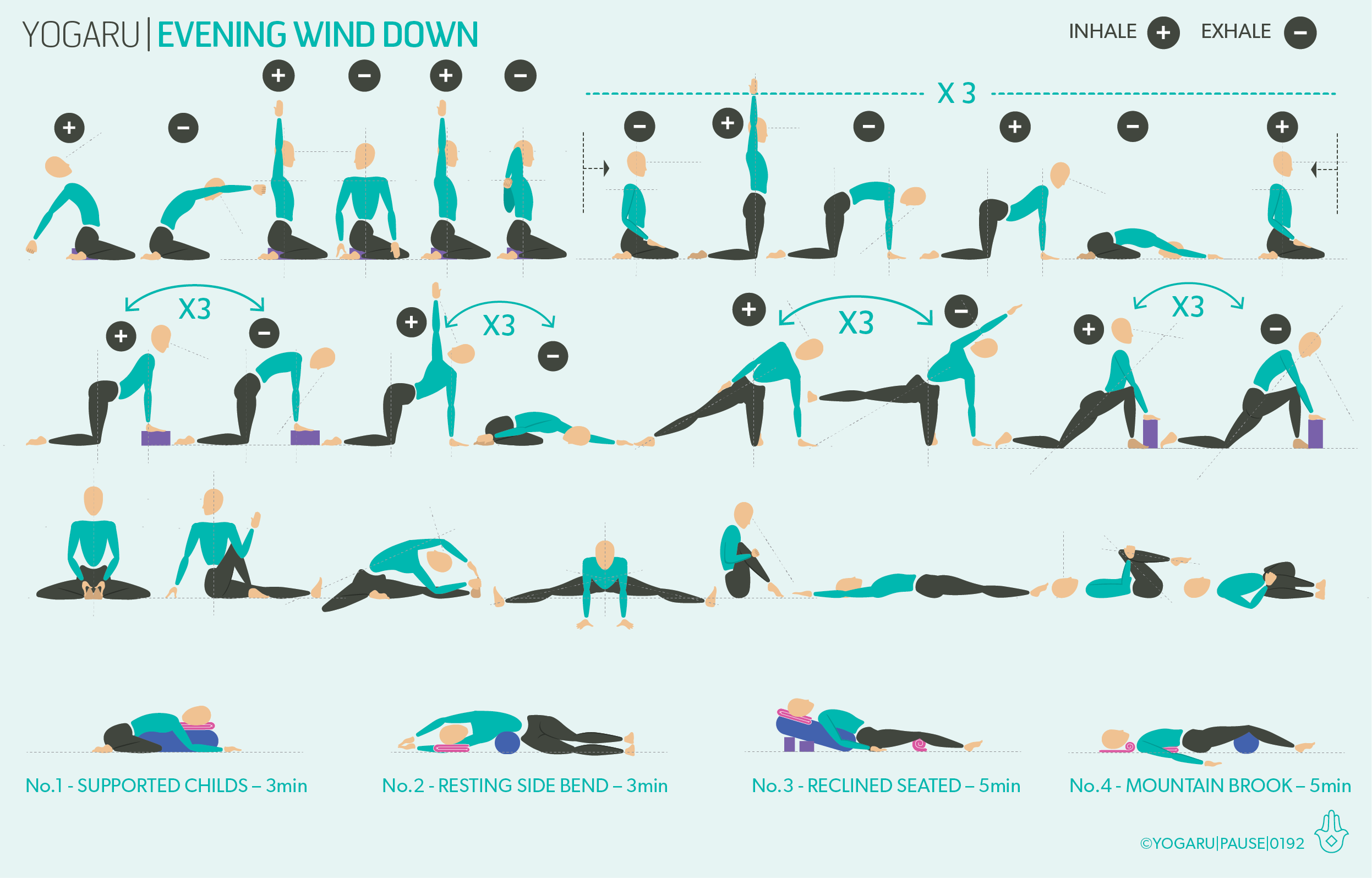YOGA THERAPEUTICS
Resolve pain, restore function & build strength
As a RYT500hr certified yoga teacher and a 300hr certified Yoga Medicine ® Therapeutic Specialist I offer private in person or online therapeutic programmes to students with ongoing conditions, injury recovery and injury prevention.
WHAT IS YOGA THERAPEUTICS?
Yoga Therapeutics uses a range of techniques and practises to create a prescriptive programme to support all aspects of physical and mental health. Each individualised programme includes a combination of movement practices, myofascial release, breath work and relaxation. It also looks at posture awareness in standing, sitting, while moving and balancing to help prevent recurrence of injuries or other issues arising. I work closely with students to support their progress as they integrate these holistic whole body practises into their everyday life to maintain and optimise their future health.
THE BENEFITS OF YOGA THERAPEUTICS
If you suffer from any of the following Yoga Therapeutics can help you:
- Chronic pain.
- Back pain.
- Neck & shoulder pain.
- Injury rehabilitation.
- Injury prevention.
- Sports performance.
- Balance & coordination.
- Poor posture.
- Stress & anxiety.
- Sleep management.
- Headaches & migraines.
- Menstrual & menopause symptoms.
- Supports nervous, respiratory, digestive, immune and circulatory system conditions.
YOGA THERAPEUTICS V’S PHYSIOTHERAPY
Yoga Therapeutics and Physiotherapy are complementary and have a shared goal of helping you on your road to full health. Physiotherapy focuses on the physical body whereas Yoga Therapeutics looks at the body and mind. While physiotherapy is your first port of call if you have an acute injury, studies have shown that a combination of Physiotherapy and Yoga Therapeutics significantly improves the recovery outcome.
HOW DOES YOGA THERAPEUTICS WORK?
The process starts with an intake evaluation to identify areas of concern and set goals. An individualised therapeutic programme is then created from this intake information. This prescriptive programme is built specifically for your needs and is checked regularly to ensure you are getting the best out of it. Each session includes a private class and a small home self practice to continue your progress between sessions.
EXPLORING YOGA THERAPEUTICS IN YOUR PRACTICE
While Yoga Therapeutics are delivered as a one to one personalised programme this sequence, dealing with stress, gives you a small sample of my Yoga Therapeutics multi faceted approach. It uses movement practices, myofascial release, breath work and relaxation. You will start off with myofascial release or MFR on your feet, as detailed below, then you will move through a series of gentle mini flows, linking breath with movement, to ease physical and mental tension. You can repeat the standing flow on row three as many times as you like to lengthen your practice or you can leave it out for a more soothing grounding practice. You will end with a lovely restorative twist and a supported Savasana, with the option of a 4 inhale, 6 exhale, stress reduction breath work.
ALIGNMENT CUES
Below are the MFR and restorative techniques used in this sequence. The props you’ll need are:
2 x MFR balls - or 2 tennis balls.
1 x bolster - or 2 towels, wrapped around a horizontally rolled pillow and tied to secure.
1 x yoga bricks - or 1 thick similar sized dictionary.
2 x yoga blankets - or any wool, thick cotton or fleece blanket with density.
MFR Feet
Compression - from standing or seated, place 1 x ball at position No.1, gently press down with an inhale and release on the exhale x 5 breaths and move on to No.2. Continue to No.5.
Roll & cross fibre - with the toes on the ground place 1 x ball at No.5, roll the ball across your heel x 5. Place 1 x ball at No.6, roll the ball across the knuckles of your toes x 5. Place 1 x ball at No.6, roll in one direction from toes to heel x 5.
Scribble - roll and scribble across the sole of the foot. Repeat all steps on the other foot.
No.1 - Shoulders (trapezius & supraspinatus)
Compression - from supine with knees bent, place 2 x balls in the centre of each upper shoulder, gently press down with an inhale and release on the exhale x 5 breaths.
Sheer - slowly circle arms overhead and back to the ground x 5.
No.2 - Back of skull
Lie on your back and place a brick on its lowest high just below the curve at the back of your skull (occipital ridge). Extend your legs out, arms slightly away from your body, palms facing up. Legs slightly apart and feet fall out to the side, soften your shoulder, back of the neck long. Gently roll your head from side to side to ease out tension in the muscles at the back of the skull. Roll your head mid way to your right, pause and make small circles, repeat on the left side. Remove the brick, soften the muscles across your forehead, your temples, the back of your skull. Let the whole body become heavy and melt into the support of the ground.
Restorative
No.3 - Prone twist
Place your bolster vertically along the top centre of your mat. Sit with your right hip up against the short end of the bolster. Place a folded blanket between your legs. Place your hands either side of the bolster. With an inhale lengthen through the whole spine and on your exhale gently place your front spine along the length of the bolster. Place your right cheek on the folded blanket and let your arms gently hang either side of the bolster. Repeat on the left side.
No.4 - Mountain brook
Half roll a four fold blanket and place it at the top of your mat. Accordion fold the other blanket and place it below your top blanket where your shoulder blades will lie. Place the bolster towards the bottom of your mat where your knees will be. Lie supine on your back, nestle the rolled part of the top blanket in the curve of your neck, place the accordion folded blanket under the lower tips of your shoulder blades and the bolster under the creases of your knees. Legs and arms extended, palms facing up, feet fall out to the side. Feel the rise and fall of the props supporting your back body.
To save the images for personal use click and hold down the image until the ‘save image’ option appears; on Mac hold down ‘control’ and click the image to get the option box; on PC right click on the image to get the option box. Scroll down in the ‘option box’ and click ‘save image’.
Ruth Delahunty Yogaru




